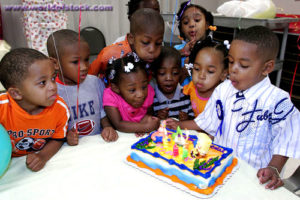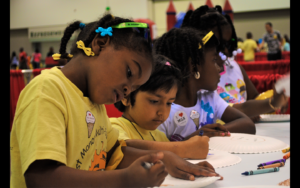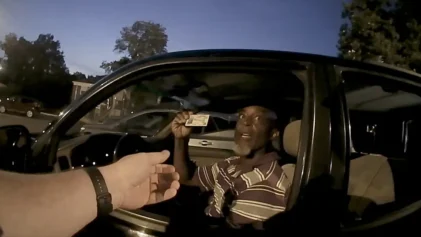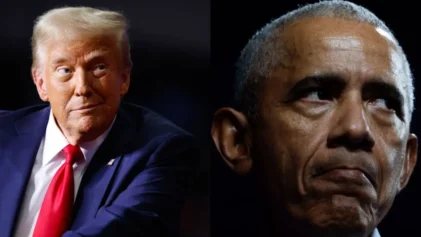
Putnam calls these “air bags,” which deploy for richer children to cushion them from stressful or traumatic experiences or from mistakes they have made. This cushion is the most crucial thing that exists in a child’s life—the thing that will determine whether that child ascends into a solidly middle or upper class life as an adult or spirals down into the underclass.
In his new book, Our Kids: The American Dream in Crisis, Putnam explores the ways that the lives of poor children are often devastated by events and situations that would never happen to richer children because of the “air bags.” It’s the same kind of protection that people get from air bags in a car, cushioning the vicious blow that can come from a collision. In this case, Putnam means the ability to hire a lawyer, pay for therapy, make sure contraceptives are available or merely find a tutor.
“A lot of poor kids don’t have any access to help,” Putnam said. “Some of the stories are heartbreaking.”
The trends Putnam explores in his book impact Black families the “earliest and hardest,” Michael Gerson pointed out in the Washington Post. But these trends have now spread to incorporate much of the working class in America, including a large number of white families.
“The outcome is a bifurcation of American life — with upper-class families often practicing a modified form of traditionalism (with two incomes and greater gender equality than in the past) and perhaps a third of Americans caught in a dysfunctional kaleidoscope of loose and temporary family arrangements,” according to Gerson.
Though much of what Putnam calls the “opportunity gap” has long been evident—the things people discuss loosely and anecdotally at dinner parties and on the sidelines at youth soccer games—Putnam’s work is important because he puts numbers and real-life stories on top of it.
In fact, Putnam has calculated that this widening opportunity gap actually costs the nation about $500 billion a year in funds used for crime and law enforcement, public health and, above all, lower labor productivity. This works out to roughly $6 trillion in present value over the lifetimes of the current cohort of disadvantaged kids.
As Putnam points out, these are real costs that will be borne by everyone’s children if the nation does not invest in other people’s children. But judging the current political climate, one in which America’s leaders seem to have little interest in the life chances of anybody but their campaign contributors, there isn’t much chance that there will be significant investments made to provide “air bags” for Black and poor children.
Putnam says educational opportunity in America depends on income more than test scores—as evidenced by the fact that high-scoring poor kids are now slightly less likely to get a college degree than low-scoring rich kids.
In 2000, 29 percent of poor kids with high test scores got degrees, compared with 30 percent of affluent kids with low scores.
A 2014 study found that almost two-thirds of affluent children had access to informal mentors outside their families—family friends, teachers, coaches, church leaders or counselors—while fewer than 40 percent of poor children reported any mentoring.

He said that previous generations had more of a sense that all the children in the community were “our kids,” while parents now are much more focused on just their biological children. This works fine for middle-class children with two involved parents and private resources to fund extracurricular engagement, but it has devastating effects on poorer children.
Putnam also concludes that parents of both rich kids and poor kids want their children to succeed, but the parents of the rich kids typically know how to achieve this, while the parents of poor kids are often clueless. He calls this the “savvy gap,” which includes everything from knowing which extracurricular activities will pay off in college admissions, to knowing how to sort out problems at school, to understanding higher education (testing, test prep, financial aid, choosing a school, knowing what majors the labor market will reward), to knowing how to interview for a job or land an internship.
Depressingly, Putnam says the Internet is only serving to widen the opportunity gap even further because affluent Americans use the Internet in ways that are mobility-enhancing, whereas poorer, less educated Americans—even with mostly equal physical access to the web—use it in ways that are primarily entertaining.
One of the most heartbreaking findings in Putnam’s book is how lower-class children are less trusting than their upper-class counterparts because their social environments are significantly less trustworthy, which has monumental long-term consequences. It results in profound isolation for the nation’s poor—from family, from school,
from church and other community institutions, from neighbors and even from peers.
This is what Putnam said he was told by a poor young woman named Mary Sue: “Love gets you hurt; trust gets you killed.”


